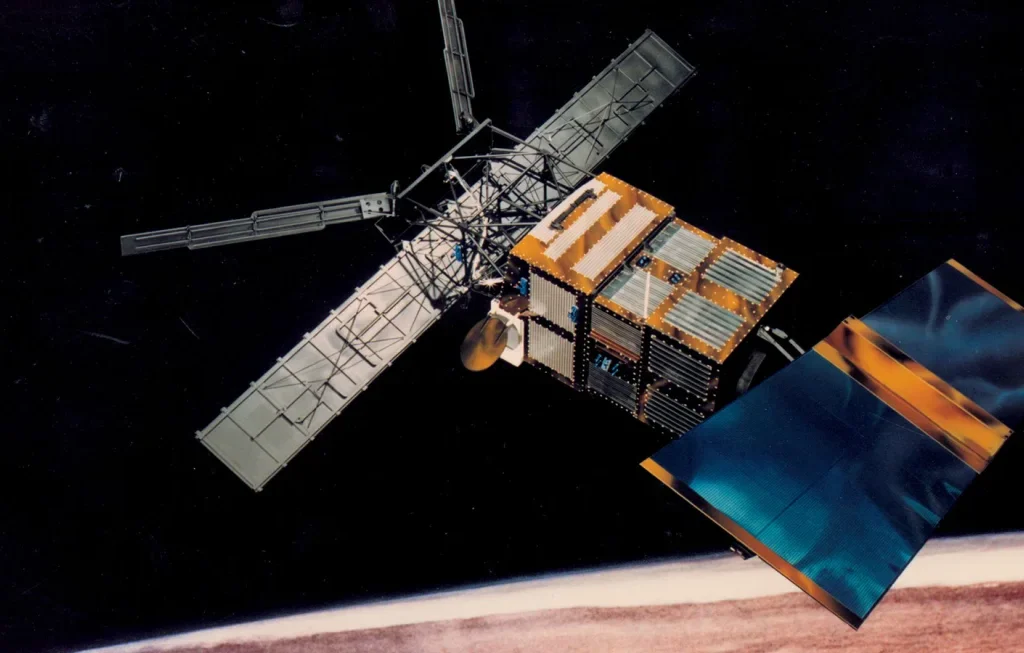The European Space Agency (ESA) is closely monitoring the reentry of its Earth-observing satellite, ERS-2, which is expected to largely burn up in Earth's atmosphere on Wednesday morning. The agency's Space Debris Office, in collaboration with an international surveillance network, is tracking the satellite, predicting its reentry at 6:14 a.m. ET Wednesday, within a 15-hour window of uncertainty. Live updates on the satellite's status are available on the ESA's website.
“As the spacecraft's reentry is ‘natural', without the possibility to perform maneuvers, it is impossible to know exactly where and when it will reenter the atmosphere and begin to burn up,” stated the agency.
The exact timing of the satellite's reentry remains unclear due to the unpredictability of solar activity, which can affect the density of Earth's atmosphere and the satellite's trajectory. Solar activity has been increasing as the sun approaches its 11-year cycle's peak, known as solar maximum, expected later this year. This heightened activity has already accelerated the reentry of ESA's Aeolus satellite in July 2023.
With an estimated mass of 5,057 pounds (2,294 kilograms) after depleting its fuel, ERS-2 is comparable in size to other space debris that reenters Earth's atmosphere regularly, approximately every week. The satellite is anticipated to break apart at around 50 miles (80 kilometers) above Earth's surface, with most fragments burning up in the atmosphere. The agency assures that any remaining fragments are unlikely to contain harmful substances and will likely fall into the ocean.
ERS-2, launched on April 21, 1995, was the most advanced satellite of its kind developed and launched by Europe at the time. Alongside its twin, ERS-1, it gathered crucial data on Earth's polar caps, oceans, and land surfaces, observing natural disasters like floods and earthquakes in remote areas. The data collected by ERS-2 remains valuable and is still utilized today.
In 2011, the ESA made the decision to end the satellite's operations and initiate its deorbiting process to prevent it from becoming space debris. The satellite executed 66 deorbiting maneuvers in July and August of 2011, depleting its fuel and gradually decreasing its altitude. This set ERS-2 on a trajectory to spiral closer to Earth over 15 years and eventually reenter the atmosphere.
According to the agency, the probability of an individual being injured by space debris annually is less than 1 in 100 billion, significantly lower than the risk of being involved in a home accident.
